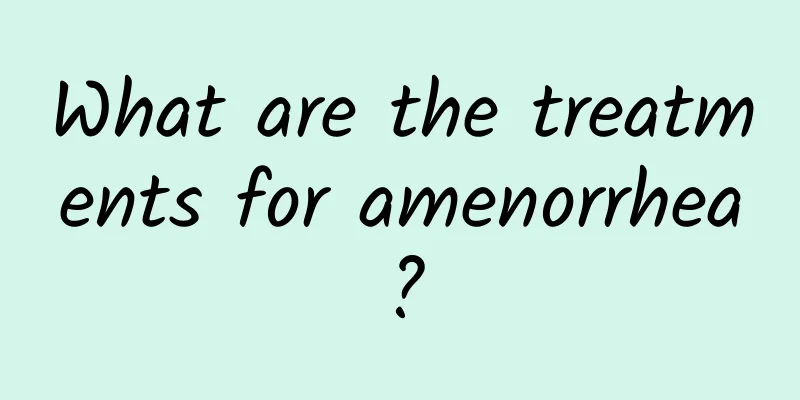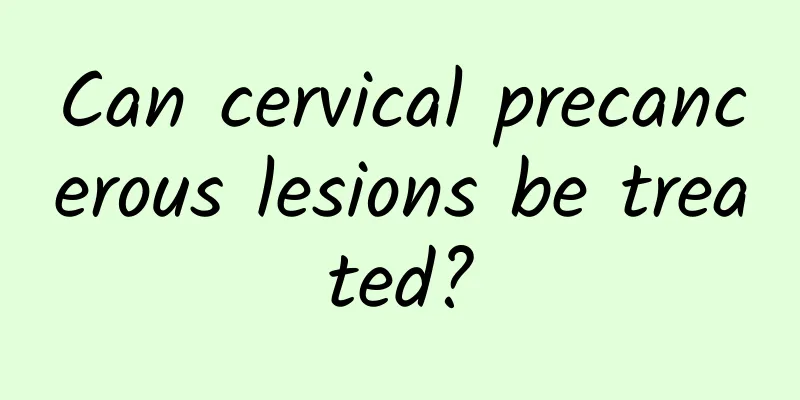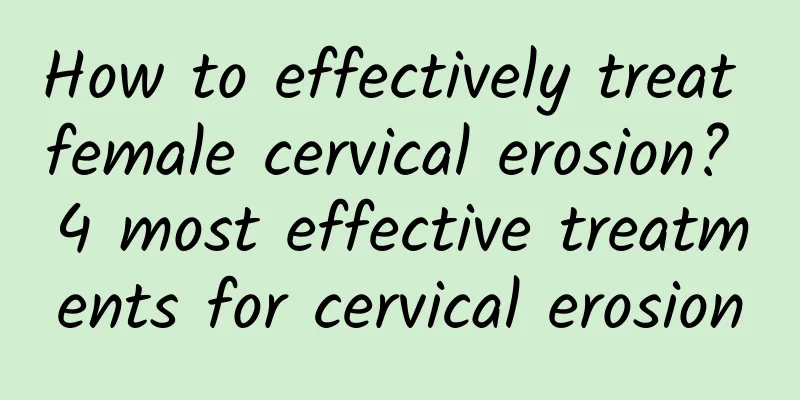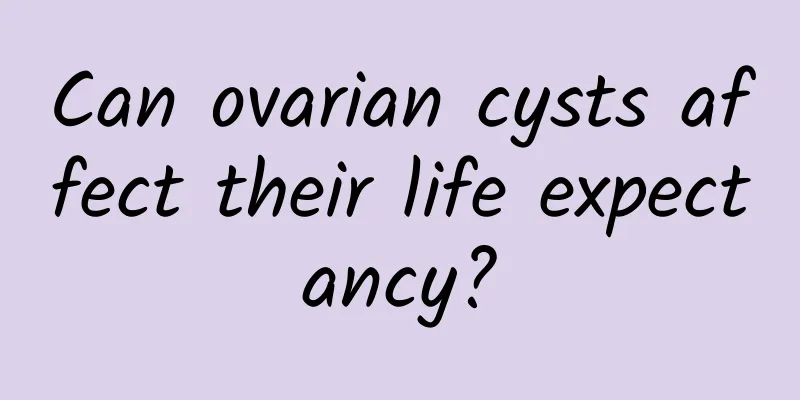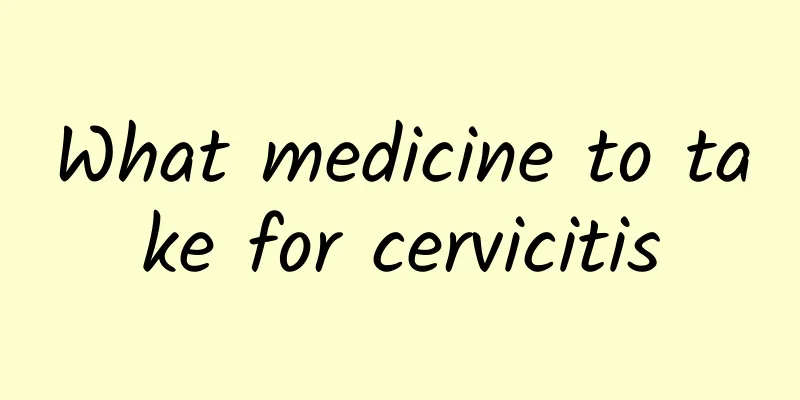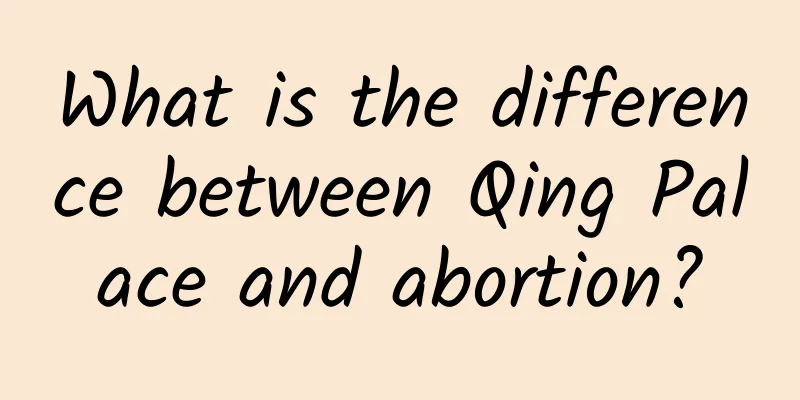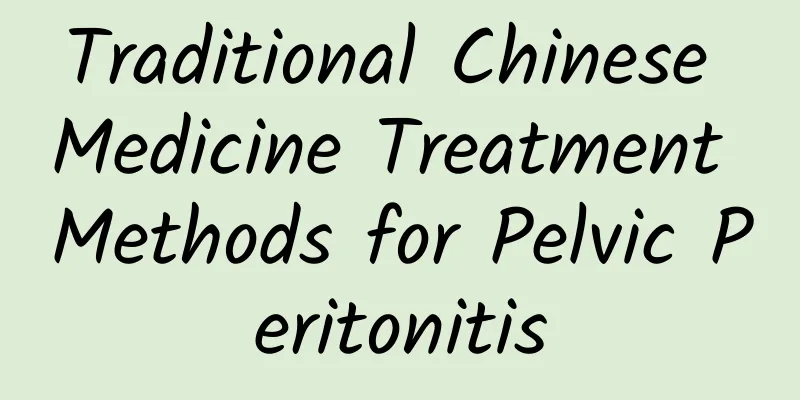What to do if chronic pelvic peritonitis recurs

|
In the process of treating chronic pelvic peritonitis, the treatment method plays a big role. We all know that the symptoms of pelvic peritonitis are mainly damp heat and blood stasis. Such inflammation will cause pain to patients when it is serious. As family members of patients with chronic pelvic peritonitis, we see it with our own eyes and feel pain in our hearts. Through experts, we also learned that there are some treatment methods for chronic pelvic peritonitis that are still very effective. The following are the methods of treating pelvic peritonitis learned through consultation. As long as patients with pelvic peritonitis persist in long-term treatment, there will definitely be great results. 1. Treatment with Chinese medicine: Chronic pelvic peritonitis is mostly of damp-heat type, and the treatment principle is mainly to clear away heat and dampness, and promote blood circulation and remove blood stasis. 2. Drug treatment: In addition to eliminating pelvic congestion, chronic pelvic peritonitis also needs anti-inflammatory and antibacterial treatment. This will eliminate inflammation, help to reduce congestion and edema, and help cure pelvic peritonitis faster. You can also take some Chinese medicine for blood circulation and blood stasis under the guidance of a doctor for auxiliary treatment. This is a common treatment method for chronic pelvic peritonitis in traditional Chinese medicine. 3. Physical therapy: benign warm stimulation can promote local blood circulation in the pelvic cavity, improve the nutritional status of tissues, and increase metabolism, so as to facilitate the absorption and disappearance of inflammation. Commonly used methods include short wave, ultrashort wave, ion penetration, wax therapy, etc. 4. Surgical treatment: The scope and method of surgery should be determined according to the patient's age, the scope of the lesion, the size of the mass, and the patient's fertility requirements. If the patient is relatively young and has fertility requirements, and the inflammation causes the fallopian tubes and ovaries to form wrapping and adhesions, affecting fertility, conservative surgical treatment should be considered. For patients with recurrent pelvic peritonitis, long-term mass, and no fertility requirements, the principle of surgery is complete cure. Unilateral adnexectomy or total hysterectomy plus bilateral adnexectomy is performed. The symptoms of chronic pelvic peritonitis are not very obvious, and we often need to observe carefully. However, some patients with pelvic peritonitis have been suffering from the disease for a long time, and have already had many debilitating symptoms. They also begin to have physical discomfort. Sometimes, the resistance of patients with chronic pelvic peritonitis is poor, and they are prone to complications. If we want patients to avoid the harm of pelvic peritonitis, we can use appropriate methods to accurately treat chronic pelvic peritonitis. All of them are very effective. |
<<: Why is chronic pelvic peritonitis prone to recurrence?
>>: Will acute pelvic peritonitis recur after recovery?
Recommend
How to treat premature ovarian failure and amenorrhea? Three commonly used treatment methods in clinical practice
Now, with the progress of the times, the status o...
How is Bartholinitis diagnosed?
The Bartholin's glands are located at the bac...
How to have a miscarriage one month into pregnancy? What should I pay attention to if I have a miscarriage one month into pregnancy?
The methods of terminating pregnancy that can be ...
Artificial abortion may damage the endometrium or affect future pregnancy
When a woman has her period, the functional layer...
Will frequent vaginal ultrasounds lead to miscarriage? Let's analyze it in detail.
Vaginal ultrasound is also called vaginal ultraso...
The first menstrual period after miscarriage is very important
After a miscarriage, the female body needs to go ...
How much do you know about the early symptoms of ectopic pregnancy?
What are the early symptoms of ectopic pregnancy?...
What are the causes of dysmenorrhea?
For women, menstruation is essential every month....
What causes vulvar itching?
Vulvar pruritus is one of the diseases with a rel...
Love at first sight detox water! 4 simple steps
We all know that the first thing to do for detoxi...
Several common treatments for cervical erosion
As women's social status improves, they also ...
How to treat if you are not pregnant after abortion
If infertility problems occur after abortion, it ...
The chicken is moving! Australian woman awarded more than $200 million in compensation for salmonella infection
Chicken rolls left girl quadriplegic! According t...
Brief analysis of the basic symptoms of female cervicitis
As a common gynecological disease in women, many ...
Prevent menopausal obesity by testing your physical fitness and exercising more
"Middle-aged obesity" is a problem for ...
